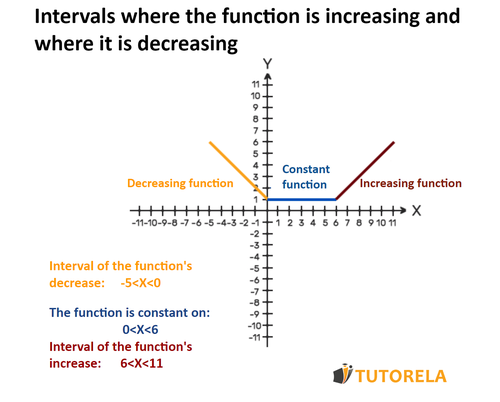The graph presented is a straight line. To determine whether the function is decreasing, we need to examine the slope of this line.
The line has a negative slope, as it moves downward from left to right. A function is considered decreasing when its slope is negative.
In formal terms, for a linear function expressed as y=mx+c, if the slope m is negative, the function is decreasing over its entire domain.
From the graph, it's evident that the line has a negative slope, thus indicating that the function is indeed decreasing.
Therefore, the answer to the problem is Yes.
